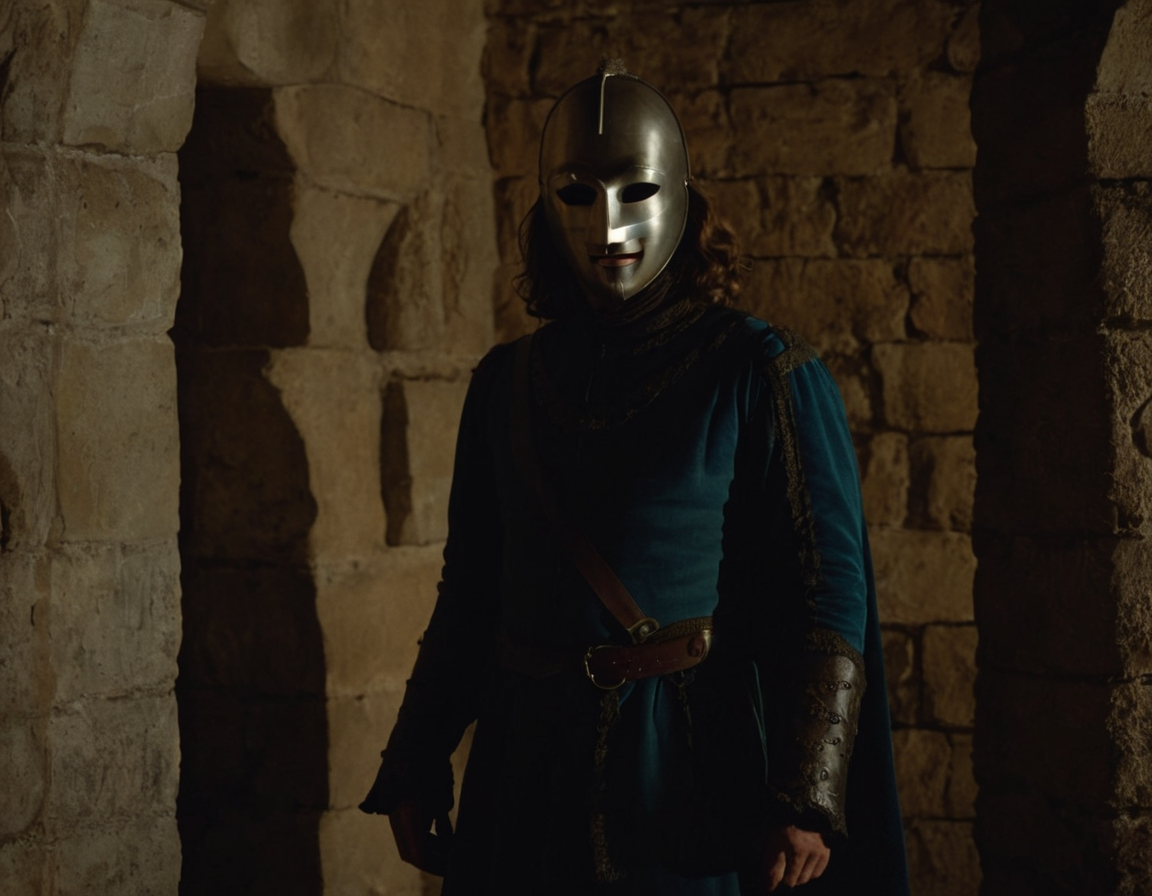Unmasking the Phantom: The Man Behind the Iron Mask Mystery
Unraveling the Enigma of the Man in the Iron Mask
For centuries, the tale of the Man in the Iron Mask has captivated historians, writers, and the public alike. The mystery surrounding this unidentified prisoner during the reign of King Louis XIV of France has inspired countless theories and stories, but who was this man condemned to live with his face hidden from the world? In this blog post, we dive deep into the history and the legends to uncover the truth behind this enduring enigma.
The Spark That Ignited the Legend
In the late 17th century, a mysterious prisoner was held in various jails, including the Bastille and the Fortress of Pinerolo. His identity was kept secret, and his face was hidden behind a mask, which many believed to be made of iron. The governor of the Bastille, Bénigne Dauvergne de Saint-Mars, was tasked with overseeing the masked prisoner until the man’s death in 1703. The absence of concrete evidence led to wild speculation about the prisoner’s identity and the reasons for his unique confinement.
Lifting the Veil on Historical Records
Extensive historical research has unearthed several plausible theories. While the exact material of the mask remains a subject of debate, records suggest that it may have been velvet or cloth rather than iron. But what truly fascinates people is the multitude of identities suggested for the masked man. Was he a disgraced noble? A twin brother to the king? Or perhaps just a lowly valet who knew too much?
Popular Theories and Cultural Impact
The Man in the Iron Mask has been the subject of various works of fiction, most notably by Alexandre Dumas in his novel ‘The Vicomte of Bragelonne: Ten Years Later’. Dumas’s rendition, as well as subsequent film adaptations, turned the tale into a cultural phenomenon, embedding it in modern consciousness. Yet, the truth is potentially less glamorous. Some historians posit that the man was Eustache Dauger, a valet arrested for involvement in political scandals.
Deciphering the Identity of the Man Behind the Iron
After examining archival documents, it appears that the most credible explanation is that the Man in the Iron Mask was, in reality, an individual of little political significance, held in such secrecy only to protect the reputation of the French monarchy. The romanticized versions of his life are but embellishments on perhaps an otherwise mundane truth. Nonetheless, the story endures, with the true identity of the Man in the Iron Mask remaining one of history’s most intriguing puzzles.
Conclusion: The Legacy of a Mystery
The Man in the Iron Mask’s story is more than a historical footnote; it is a testament to the power of mystery in human culture. Despite the more grounded theories, the legend continues to inspire and provoke the imagination. As we explore the layers of history, the masked prisoner’s legacy remains a captivating mirror reflecting our own desire for enigma and drama in historical narratives.
Join us as we continue to explore the mysterious corners of history and the human psyche. What are your thoughts on the Man in the Iron Mask? Share your theories and join the discussion below!







